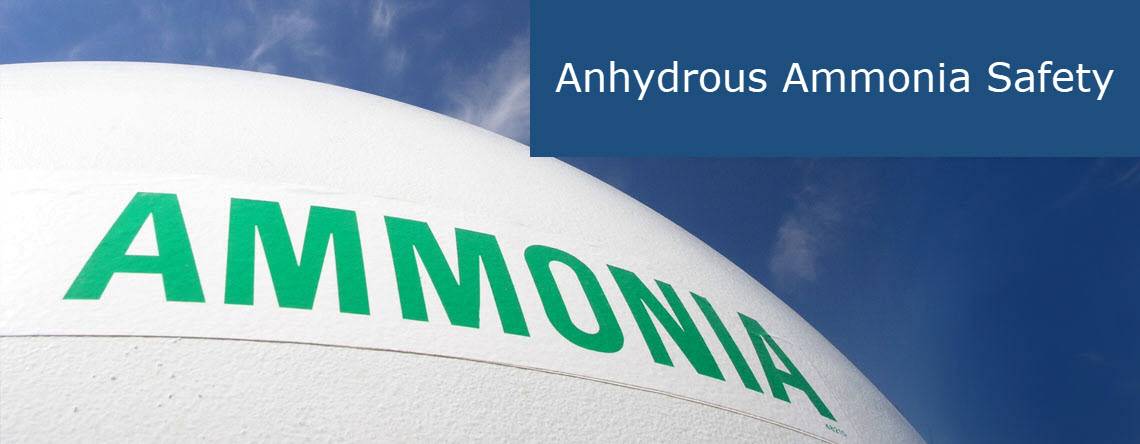
As harvest season wraps up, many custom applicators and farmers will soon begin applying anhydrous ammonia (NH3).
Despite the pressure to get the job done quickly before the weather changes, it’s crucial not to overlook safety measures.
NH3 can be extremely hazardous if not handled properly, as incidents across North America have shown just how dangerous and even deadly it can be.
To transport and handle anhydrous ammonia, certification is required. CAAR offers courses for both Retailer Safe Handling & TDG Certification, Retailer TDG Certification. Safety and the Farmer is offered by Fertilizer Canada at no charge.
It never hurts to remind those who work with anhydrous ammonia of the basics. To ensure safe handling of NH3 during field application, there are several key precautions fertilizer dealers, and applicators should follow.
Remind your team to always wear NH3-approved goggles and gloves and avoid wearing contact lenses while working with the fertilizer. Ensure that a clean, accessible water supply is nearby in case of an emergency.
When working with NH3 transfer lines, act as though they contain the substance at all times. It’s important to stand upwind when connecting, disconnecting, bleeding lines, or transferring NH3 to avoid exposure.
During breaks or disconnections, make sure to close, bleed, and secure all valves and lines, and always handle hose end valves by the body of the valve, not the handle.
Keep all NH3 equipment positioned away from homes, people, and livestock, and place it downwind to reduce the risk of exposure to others.
For those involved in maintaining NH3 equipment, operating storage facilities, or transporting the substance, further safety precautions must be followed:
Never assume NH3 lines are empty. Wear all required safety gear at all times. Ensure an emergency water source is available, such as a 5-gallon water container with NH3 nurse tanks or an emergency shower and eyewash station at storage facilities.
When towing an NH3 nurse tank, drive responsibly, adhering to appropriate TDG speed limit.
Display appropriate signage at the back of the vehicle. Remember, CAAR sells the appropriate decals to go on the nurse tanks.
In the event of an accident or spill, seek medical assistance immediately, contact emergency services, and report the incident to local authorities. Ensure your team knows the appropriate numbers and procedures.
Finally, apply NH3 only at appropriate temperatures. CAAR notifies members when thresholds have been met. When soil temperatures drop to 10°C or below there will be nitrogen loss.
